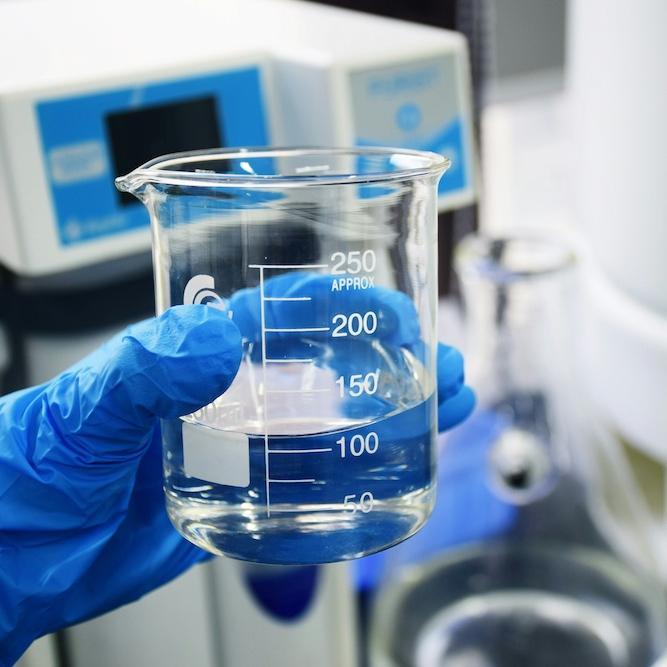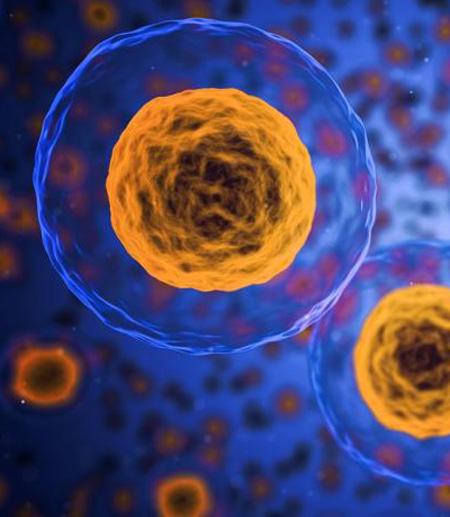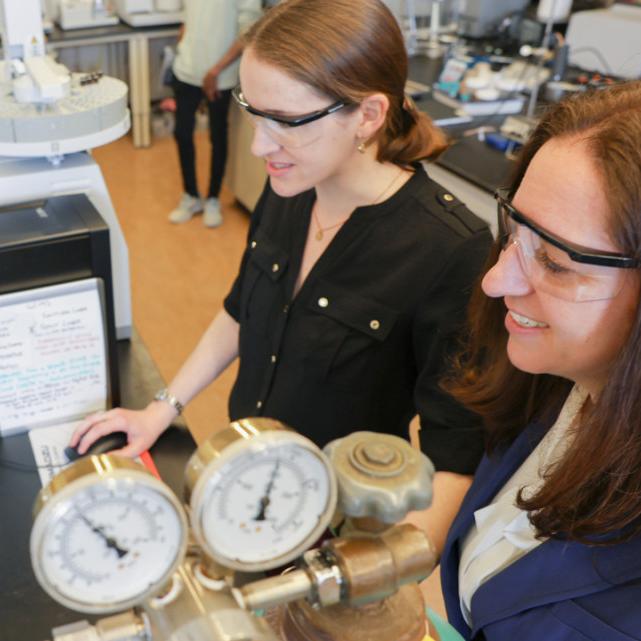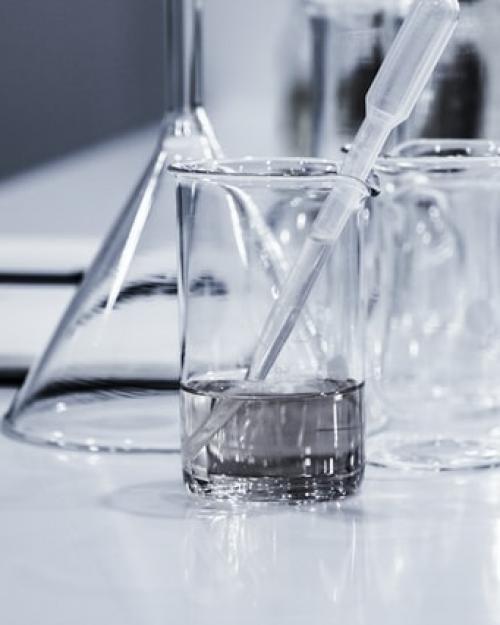A small contribution from Tristan Lambert, professor of chemistry and chemical biology in the College of Arts and Sciences, when he was a doctoral student helped catalyze the breakthrough in catalysis that led to the 2021 Nobel Prize in chemistry.
The winners, Benjamin List and David W.C. MacMillan, are credited with revolutionizing the world of chemistry by developing asymmetric organocatalysis – a tool for building molecules that has advanced pharmaceutical research.
In summer of 1998, Lambert and MacMillan both arrived at the University of California at Berkeley – MacMillan as a new faculty member, and Lambert as a graduate student fresh from Wisconsin.
“I went to Berkley and I remember people saying, ‘you know, there’s this new professor starting, maybe you could work for him in the summer before you start grad school.’ And so I emailed him and said, ‘if you need someone, I’d really like to work in your group.’ It turns out, I was the first person to reach out to him to work in this group,” Lambert said. “So July 1st, I got to Berkeley, and me and another student started on that very first day helping him set up the lab.”
One of MacMillan’s research interests was the development of catalysts, which play a crucial role in chemistry. These substances can control and accelerate chemical reactions, enabling chemists to selectively create valuable molecules from simple precursors more easily, more cheaply and more efficiently. However, the catalysts themselves are often not so simple. Scientists had long recognized two main categories of catalysts: metals and enzymes. They are used in everything from food production to batteries to manufacturing.
Asymmetric catalysis is a subcategory in which the catalysts create mirror images of certain molecules – many of them organic – that are chiral, i.e., left-handed or right-handed. In the context of pharmaceutical drugs, synthesizing the correct mirror image of these chiral molecules is crucial, because the wrong one may not be effective. It could even be toxic.
In 1998, MacMillan suspected organic molecules might be used to perform some type of asymmetric catalysis, but he hadn’t yet gotten very far with the idea.
One day in the lab, Lambert was working on an unrelated project that involved an organic compound derived from ammonia called an amine. As a fresh-faced first year graduate student, he was stumped by the mechanism that would enable its reaction.
“He came by my research bench, and I said, ‘Hey, Dave, why does this happen?’ He went to the blackboard and started to write it out for me. There’s an equilibrium in that mechanism, the reaction goes back and forth. It was exactly that equilibrium that caused him to say, ‘Huh, I wonder if we could catalyze reactions this way.’ I was like, ‘Yeah, I guess so.’”
From there, MacMillan developed the idea to use amino acids to engage with small organic molecules and trigger their transformation, thus creating a third form of catalysis, asymmetric organocatalysis, a term he coined.
Simultaneously, at the Scripps Research Institute, Benjamin List had hit upon a similar concept via enzymes. Both researchers soon published their groundbreaking papers. Within two years, MacMillan moved his research group to the California Institute of Technology, where Lambert earned his Ph.D. In 2006, MacMillan joined the faculty at Princeton University, where he is currently a professor, the same year that Lambert started his own career at Columbia University. By that time, asymmetric organocatalysis was completely changing the world of synthetic organic chemistry.
“Everything exploded,” Lambert said. “People just started going nuts with this realization that, oh, wow, we can use these completely simple, readily available amino acids to catalyze things. It was like kids in a candy store. They’re looking at everything they could think of. And it just worked, reaction after reaction. The whole field shifted in that direction.”
The technique has impacted everything from polymer synthesis to the creation of new materials. But perhaps the most important application is in pharmaceuticals.
“These reactions allow you to massively accelerate the way that you can put together medicinally relevant compounds,” Lambert said. “So rather than having to use these very complex, oftentimes toxic catalysts, suddenly you can use things which are essentially dirt cheap. Literally, you could almost put in a scoop of protein powder and that’s going to catalyze the reaction.”
Lambert was hardly surprised his mentor, whom he described as generous and beloved by colleagues and students, won the Nobel prize.
“It was only a matter of time,” he said. “I mean, I’m the most biased person in the world, but he has just completely transformed organic chemistry.”
MacMillan also succeeded in transforming Lambert’s life.
“I consider him a close friend. He was just here last week,” Lambert said. “He’s actually the reason I met my wife, Rebecca, who was also a student in his group. The majority of the good things in my adult life is due to him. Yeah, he absolutely catalyzed my family.”
Read this story in the Cornell Chronicle.





